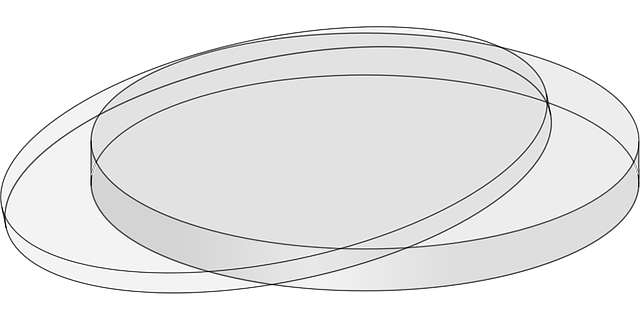Oncology patients are identified as clinically extremely vulnerable but many will still need to receive treatment for their cancer. In addition cancer treatment sites need to be kept as free from COVID-19 infection and transmission as much as is possible. Asymptomatic disease transmission from both staff and patients represents a significant risk as symptomatic carries of COVID-19 may represent 5 to 20% of the total infected population. This has been illustrated by the fact that in some health care environments up to 50% of health care workers have been exposed to the virus and acquired antibodies, many of these have experienced very mild or no symptoms.
The suggested strategy for swabbing asymptomatic patients in the guidance is as follows-:
1) Elective inpatient admissions for non-surgical oncology
- Inpatient admissions should be minimised as much as possible by utilising day procedures, technology or adjusting treatments in line with NICE guidance
- Patients should be tested no more than 72 hours prior to admission. This includes patients receiving any inpatient SACT, brachytherapy or molecular radiology.
- Patients should ideally, where clinically possible, shield 14 days prior to planned admission
- Patients who are shielded as extremely vulnerable should follow updated government guidance
2) Outpatient attendance for SACT
- Patients should continue to follow shielding advice if they are extremely clinically vulnerable
- Patients should be screened for symptoms on every attendance as a negative test does not preclude infection when the patient attends.
- All patients should be tested prior to commencing a new course of chemotherapy. The test should be no more than 72 hours prior to commencing treatment. Providers should consider testing before every cycle but the number of positive tests is likely to be very small if patients are shielding. A separate attendance at hospital for testing should be avoided
3) Outpatient attendance for External Beam radiotherapy
- Patients receiving radical radiotherapy for lung cancer should be advised that they are extremely clinically vulnerable and should follow shielding advice
- Patients should be screened for symptoms on every attendance as a negative test does not preclude infection when the patient attends.
- All patients attending for radiotherapy should be tested prior to their first fraction. The test should be no more than 72 hours prior to commencing treatment. Providers should consider testing before a first planning appointment.
- Providers should consider testing weekly where a patient is receiving more than three weeks treatment but the number of positive tests is likely to be very small if patients are shielding.
4) Outpatient Attendance for other reasons
Trusts should try and reduce the number of visits to hospital where possible but should consider testing patients if they have been in regular contact with health care workers.
Testing for Asymptomatic Health care Workers
The suggested strategy for swabbing asymptomatic health care workers (HCW) in the guidance is as follows-:
- Use a daily checklist for all HCW to ensure that if they have symptoms do not come to work
- Any HCW with any symptoms suggestive of COVID-19, regardless of severity, should not come to work and self-isolate
- Consider the routine testing of HCW every seven days if there is sufficient local capacity for this.
- As antibody serology testing increases, COVID-19 swabbing may focus on sero-negative HCW
- Priority for testing should prioritise HCW working ain areas delivering SACT and in areas where social distancing is not possible
This is a summary of the guidance. The full document can be viewed at the Royal College of Radiologist’s website:
https://www.rcr.ac.uk/sites/default/files/guidance-covid19-testing-asymptomatic-hcw-patients-oncology.pdf
